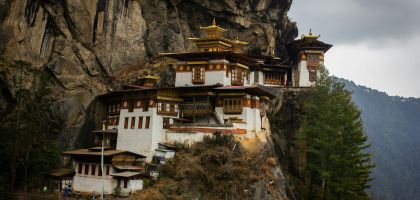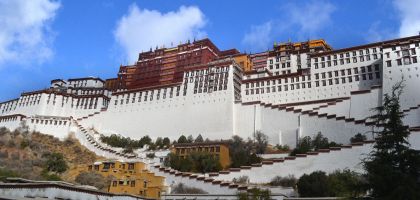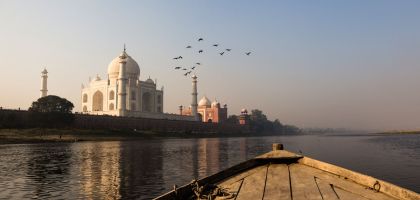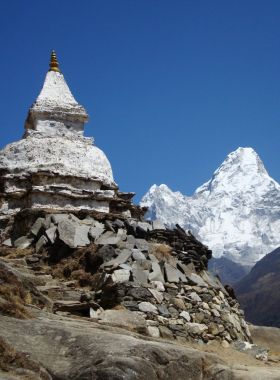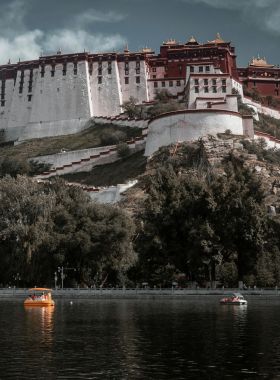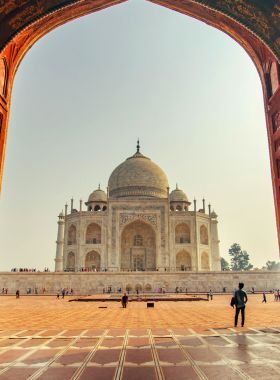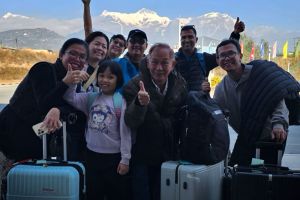Travel Smarter with Technology
Once, to travel was to surrender to uncertainty, guided by maps that smudged in the rain, or by the half-remembered words of those who had gone before. Today, the first steps of a journey are taken on a glowing screen. In the quiet of a room, the world unfolds, as flights can be traced across continents, buses and trains charted with ease, and tours revealed in vivid detail long before a traveler sets foot upon them.
Technology has given us a new lens through which to see the earth. Prices align themselves in order and reviews speak with the candor of strangers. Photographs and itineraries offer visions of what lies ahead. The act of preparation has become an act of discovery in itself. The path, once veiled in doubt, now lies illuminated with choices.
I have built travel websites and traveled with the same curiosity I build with. In both, I see the same truth: technology has now become an indispensable tool. It sharpens our sense of possibility, it spares us the waste of time, and it teaches us to choose with care. To travel well today is to know how to search, how to listen to the voices technology gathers, and how to follow them toward the experiences that matter.
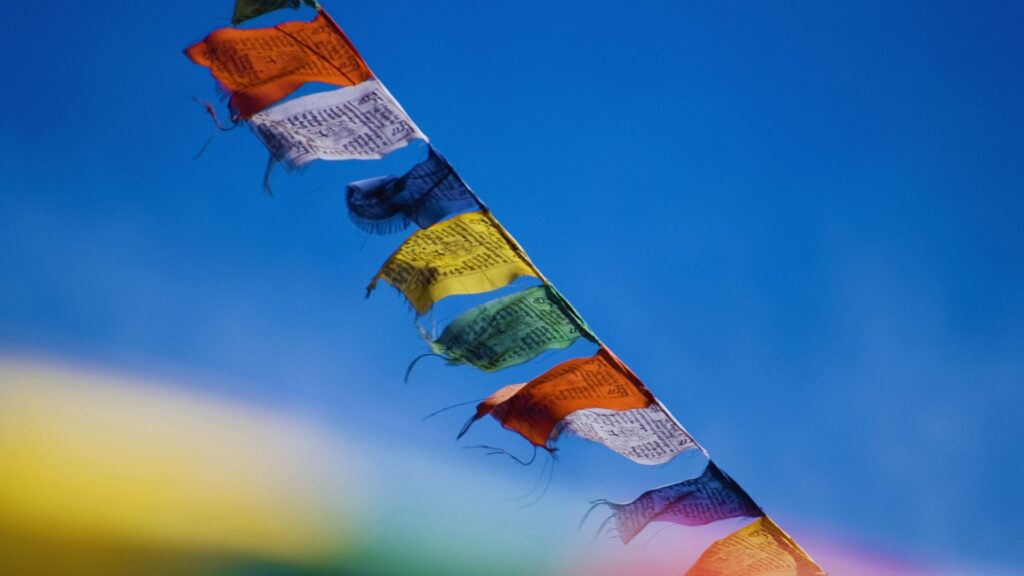
The Search Has Become the Journey
Every journey now begins with a search. A few words typed into a box can summon possibilities from every corner of the earth: trekking in Nepal, mountain biking in Bhutan, spiritual trips through Tibet. The act of searching is now the first step of travel itself.
Technology gathers the scattered voices of countless travelers and lays them out in order. Reviews proclaim their warnings and praises. Photographs show the lived reality of places and tours. Prices shift in real time, revealing patterns to those patient enough to watch.
Yet not every result is what it seems. Many tour operators now focus primarily on keywords, SEO tricks, and top rankings. A cultural tour may promise rituals and heritage but deliver little more than a superficial visit. A luxury trek may appear authentic yet be a packaged imitation.
Therefore, the traveler must look beyond the surface. Seek credibility. Check the language and tone of the tours offered, and the reviews. Observe whether the company communicates clearly and honestly. Understand whether the experience offered aligns with the description. A discerning searcher chooses what speaks of trust, authenticity, and depth instead of high ranking sites on search engines.
To search well is to travel wisely. The quality of a journey is shaped long before the first step is taken. Those who navigate thoughtfully enter the road with clarity and with choices that are truly their own.
The Tour Has Become Transparent
Nowadays, no journey begins in darkness. The guide, the route, the meals, the stories, all can be glimpsed before a single step is taken. Technology has peeled back layers of uncertainty, allowing travelers to see the shape of their experience ahead of time.
Tour operators often provide polished, glossy information. Well-written brochures, websites, and marketing materials are designed to impress. These carefully crafted words can hide what truly awaits. A trekking expedition may promise solitude and untouched wilderness, but on the ground, the trail might be crowded or overly commercialized.
Travelers who pay attention seek more. Blogs, personal accounts, and firsthand reviews reveal the subtleties that glossy pages cannot capture. The ambience during a hike, the friendliness of the guides, the quiet corners of the forest: these details emerge from the voices of those who have walked the path.
Transparency requires careful observation. Ask whether the itinerary reflects real conditions. Check whether guides know the terrain intimately. Confirm that the company delivers what it advertises. Technology allows this scrutiny, and travelers who use it thoughtfully gain clarity, confidence, and a richer, more authentic journey.
The Experience Has Become Personal
Technology listens to the traveler. It gathers fragments of preferences, past journeys, and searches. From these fragments, it offers suggestions tailored to the individual. A traveler who seeks culture in a Bhutan festival tour is different from a traveler local food experiences. The journey begins to take shape even before it starts.
Personalization is subtle. It appears in the choice of a guide who knows the route intimately, in alerts about hidden viewpoints, in suggestions for meals that reveal local life. Technology does not replace the road. It adjusts the path to fit the traveler’s interests, creating a journey that feels uniquely theirs.
A tour itinerary is a map of intentions, not always of reality. To gauge authenticity, look beyond the bullet points. Ask what lies behind each stop. Are activities described in detail, with interactions and timings, or simply labeled broadly? Observe the language. Terms like “exclusive,” “hand-picked,” or “immersive” can mean many things. Seek specificity: about the guides, types of accommodations, modes of travel, and the duration spent at sites.
Travelers who pay attention use external sources to verify what an itinerary promises. Blogs, forums, and social media posts from those who have taken the same tour reveal pace, authenticity, and the quality of encounters. By reading between the lines and comparing these insights, travelers can balance the itinerary’s promise with evidence from actual experiences. The attentive traveler engages with technology thoughtfully.
The Traveler Has Become More Prepared
Health advisories, weather alerts, and cultural notes are accessible within moments. Travel begins with knowledge. Every detail, from local customs to seasonal conditions, from safety tips to transportation options, can be known before the first step is taken.
This preparedness transforms the journey. One moves through a city or along a trail as a guest who understands the house. Technology allows travelers to anticipate challenges, respect local practices, and make informed decisions that enrich every experience.
Preparation deepens the experience. Knowing what to expect allows travelers to notice what is unique. They can linger in quiet moments, engage fully with guides and hosts, and explore paths that might otherwise remain unseen. Informed travelers enter the world with confidence, curiosity, and respect, turning each trip into a story that feels lived rather than merely observed.
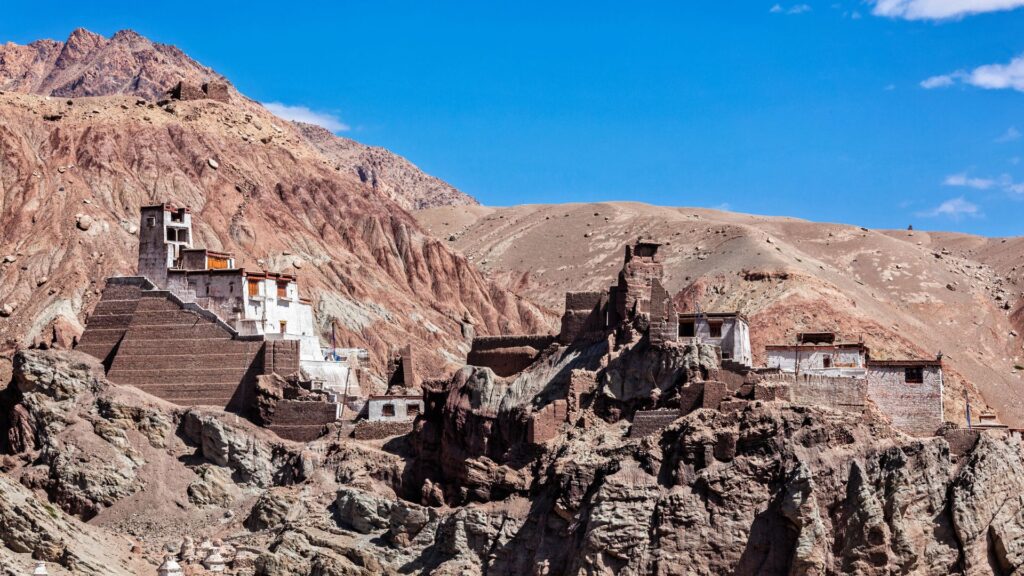
Conclusion
However, experienced tour operators bring knowledge, connections, and guidance that make a journey smoother and more enriching. They plan logistics, provide local insight, and ensure safety, allowing travelers to focus on the experience itself.
Technology adds a new advantage. It allows travelers to see beyond polished brochures, compare options, and choose tours that are authentic and meaningful. By combining the expertise of operators with careful research, reviews, itineraries, and personal accounts, travelers uncover experiences that reflect both quality and depth.
Used thoughtfully, technology enhances every journey. It prepares travelers, tailors experiences, and opens the door to moments that linger long after the trip ends, making travel more informed, immersive, and memorable.

